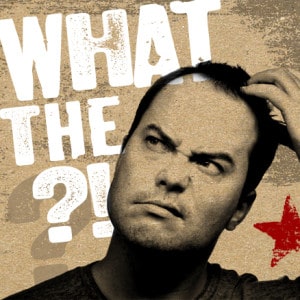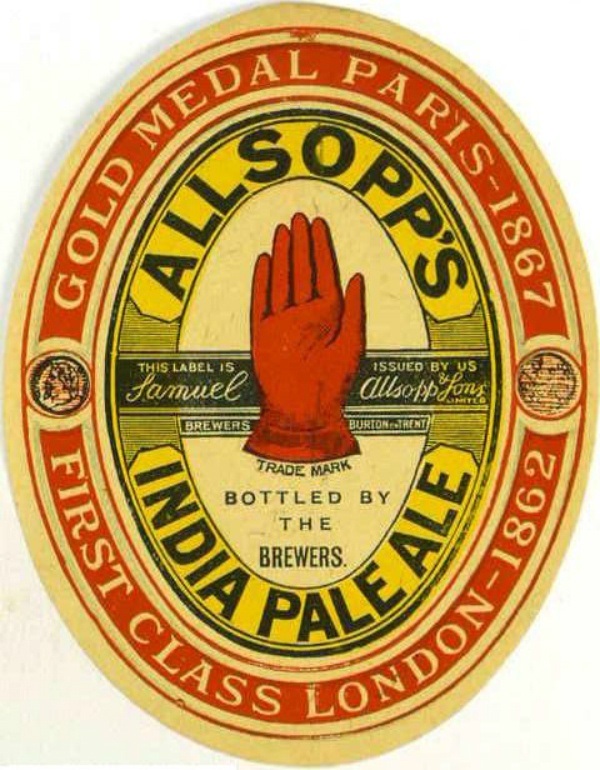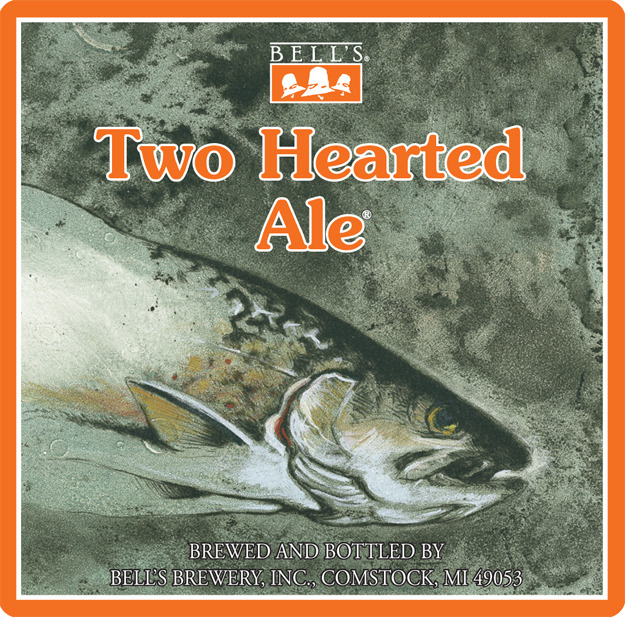 You might get the impression that we, the beer gurus of ACB, understand all there is to know about beer, yet we’re still learning just like you. It’s this thirst for knowledge that drives us to dig deeper into the stories behind the beer we drink, thus protecting you from the embarrassment of not knowing exactly what it is you’ve decided to put in your mouth.
You might get the impression that we, the beer gurus of ACB, understand all there is to know about beer, yet we’re still learning just like you. It’s this thirst for knowledge that drives us to dig deeper into the stories behind the beer we drink, thus protecting you from the embarrassment of not knowing exactly what it is you’ve decided to put in your mouth.
Although it’s the darling of the craft beer movement, the IPA style is anything but the new kid on the block and boasts a history as complex and mysterious as its variations available today. So we’re going all in on one of the world’s most popular styles: the IPA or India Pale Ale.
So welcome to the latest in our ongoing series (drum roll please…) “What the Hell is an IPA?”
The Basics:
The story starts with George Hodgson of Bow Brewery, who was exporting porters and pale ales as early as 1793 from London to India. There’s evidence to suggest that brewers were being advised that it was “absolutely necessary” to add hops to beer being sent to more tropical climes. Hodgson’s fame appears to be more in line with his propensit to extend credit to ship captains and the close proximity of his brewery to the shipping port, NOT, as has been mythologized, the high alcohol content or hoppiness of his beer. In fact, the ABV of these IPAs was around 6.5%, not nearly the strongest beers of the day. However, IPAs were lighter and more thirst quenching in a hot climate and popular with the British troops stationed in India.
 It wasn’t til forty years later that the name “East India Pale Ale” was first used (until then referred to as “pale ales prepared for the Indian market”). And while there were other brewers that outlasted the smaller Bow, such as Allsop and Bass, there is no definitive inventor or explanation as to what birthed the IPA, other than that abundant hops and alcohol were suggested, though not required, for these long voyages (see Captain Cook’s consumption of porter after 12 months at sea). We’ve been told that IPAs were “concentrated” to serve more soldiers, with the officers getting the undiluted version, and while this may have actually happened, it wasn’t the purpose of the style.
It wasn’t til forty years later that the name “East India Pale Ale” was first used (until then referred to as “pale ales prepared for the Indian market”). And while there were other brewers that outlasted the smaller Bow, such as Allsop and Bass, there is no definitive inventor or explanation as to what birthed the IPA, other than that abundant hops and alcohol were suggested, though not required, for these long voyages (see Captain Cook’s consumption of porter after 12 months at sea). We’ve been told that IPAs were “concentrated” to serve more soldiers, with the officers getting the undiluted version, and while this may have actually happened, it wasn’t the purpose of the style.
Today’s IPAs are certainly nothing like their predecessors, which would have originally been brewed with East Kent Goldings. Instead, today’s creations are a marvel to behold, containing just about any imaginable hop available, grown anywhere they can survive. The recent explosion of the style in the US can be traced back to the popularity of Anchor Brewing’s use of the Cascade hop in their Liberty Ale, brewed first in 1975 to honor the anniversary of Paul Revere’s ride to warn us the British were coming. They most certainly arrived.
IPAs We Like and You Should Try
Ballast Point Brewing, Sculpin IPA (San Diego, CA) – Sculpin is a straight-ahead American IPA with some of the best fruit aromas and flavors you’ll find. It boasts a complex hop bill of at least 7 hops (Warrior, Magnum, Centennial, Northern Brewer, Tomahawk, Simcoe, and Amarillo) and is one of the best you’ll find anywhere. 7% ABV, 70 IBU
 Bell’s Brewery, Two Hearted Ale (Kalamazoo, MI) – It’s hard to find another IPA as well known or regaled, from coast to coast, than Bell’s India Pale Ale masterpiece. Brewed with the Centennial hop, it features a bevy of grapefruit and pine resin aroma. Matched up with their distinctive house yeast and a hearty malt body, this is an IPA not to be missed. 7% ABV, 55 IBU
Bell’s Brewery, Two Hearted Ale (Kalamazoo, MI) – It’s hard to find another IPA as well known or regaled, from coast to coast, than Bell’s India Pale Ale masterpiece. Brewed with the Centennial hop, it features a bevy of grapefruit and pine resin aroma. Matched up with their distinctive house yeast and a hearty malt body, this is an IPA not to be missed. 7% ABV, 55 IBU
Maine Beer Company, Lunch (Freeport, ME) – An East Coast take on the famous West Coast IPA style, Lunch is rife with Warrior, Amarillo, Centennial, and Simcoe hops to give it a balanced hop profile, backed by 5 malts. It’s a complex meal in a bottle offering citrus, tropical, and piney notes. Of the three presented, this is the toughest to get your hands on, yet well worth the effort. 7% ABV, approx. 45 IBU
Our Take:
The IPA style is by far the most popular artisan style made today and you could debate for days as to what constitutes a great IPA. What’s important is that the IPA is often an acquired taste and can take time to appreciate. Even still, some IPAs are just waayy too hoppy and others are too malty for some to consider a proper IPA. Like any style, we believe the best beer is the one that balances all the ingredients used, giving the tongue a mystical experience that it won’t soon forget. So try them all, don’t sway to other’s biases, and enjoy the voyage. It’s not just for India anymore.
For a complete IPA history, check out Zythophile‘s treatment.
 American Craft Beer The Best Craft Beer, Breweries, Bars, Brewpubs, Beer Stores, And Restaurants Serving Serious Beer.
American Craft Beer The Best Craft Beer, Breweries, Bars, Brewpubs, Beer Stores, And Restaurants Serving Serious Beer.
